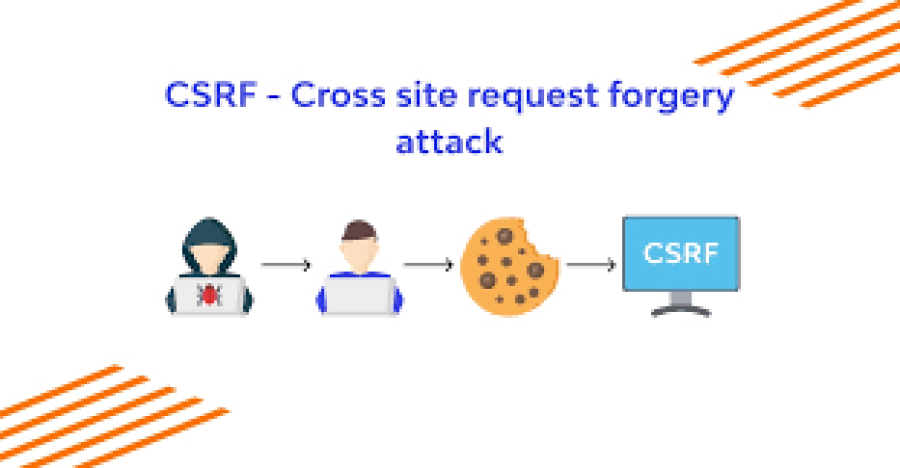How to Use Lazy Loading to Improve Website Speed
In today's fast-paced digital world, website speed is more important than ever. A slow-loading site not only frustrates visitors but also negatively impacts search engine rankings and conversion rates. One of the most effective yet underrated techniques to improve loading times is lazy loading.
At freelancerbridge, where developers, designers, and freelancers collaborate to build high-performance web solutions, mastering lazy loading is essential for modern website optimization. In this blog post, we’ll explore what lazy loading is, why it matters, and how you can implement it strategically to enhance your site’s speed and overall user experience—without touching a single line of code in this guide.
Long Description
✅ What is Lazy Loading?
Lazy loading is a web performance optimization technique that delays the loading of non-critical resources—such as images, videos, and iframes—until they are needed. Instead of loading all content immediately when a page is opened, lazy loading only fetches content as the user scrolls down the page. This drastically reduces the initial load time and boosts performance.
For example, if you have a long page with dozens of images, lazy loading ensures that only the images in the viewport load first. The rest are loaded just in time, improving speed and reducing server strain.
🚀 Benefits of Lazy Loading
Faster Initial Load Times
Your site becomes faster by loading only essential elements at first.
Reduced Bandwidth Usage
Only necessary content is loaded, saving data for users, especially on mobile.
Improved User Experience
Smooth and responsive scrolling without overwhelming the browser.
Higher SEO Scores
Faster websites rank better in Google’s Core Web Vitals and other performance-based metrics.
Lower Bounce Rates
Users are more likely to stay on a fast-loading page than one that lags.
📊 Why Lazy Loading is Important for Freelancers & Developers
If you're offering web services on freelancerbridge, understanding lazy loading gives you a competitive edge. Clients often demand fast, responsive, and mobile-friendly websites—and lazy loading directly supports all of these goals. It’s a simple enhancement that can make a big difference in performance audits, especially when measured using tools like Google PageSpeed Insights or Lighthouse.
💡 Types of Content You Can Lazy Load
Images (JPG, PNG, WebP, etc.)
Videos (Embedded YouTube/Vimeo)
Iframes (Maps, third-party content)
Background images
Scripts and modules (in some advanced cases)
📌 Key Points for Using Lazy Loading Effectively
1. Prioritize Above-the-Fold Content
Always load visible content first—lazy loading should never interfere with the immediate visual experience. Ensure important visuals, CTAs, and navigation are excluded from lazy loading.
2. Use the Right Image Format
Modern image formats like WebP reduce file size. Combining WebP with lazy loading maximizes performance benefits.
3. Mobile Optimization
On slower networks, lazy loading becomes even more crucial. It ensures users don’t waste bandwidth on resources they may never view.
4. SEO Best Practices
While Google supports lazy-loaded images, ensure your content is structured correctly:
Always use proper <img> tags.
Use descriptive alt attributes.
Avoid lazy-loading critical images (like your logo or hero banner).
5. User Experience (UX) Matters
Add visual placeholders or low-quality image previews (LQIP) while full content loads. This prevents jarring shifts or blank spots during scroll.
🔍 Tools to Test Lazy Loading Impact
After implementing lazy loading, use these tools to measure performance improvement:
Google PageSpeed Insights
Check LCP (Largest Contentful Paint) improvements.
Lighthouse (in Chrome DevTools)
Analyze overall performance and loading behavior.
GTmetrix
See detailed performance insights and how lazy loading affects them.
WebPageTest.org
Offers waterfall charts showing load order and timings.
🔁 Combine Lazy Loading with Other Optimization Techniques
To maximize your website performance:
Use lazy loading + image compression
Combine it with minified CSS/JS
Use CDN for faster global delivery
Implement browser caching
Enable GZIP or Brotli compression
🎯 Real-World Example: Freelancer Portfolio Site
Imagine you’re building a portfolio site to showcase your work on freelancerbridge. The homepage contains multiple image-heavy sections like testimonials, project screenshots, and blog previews.
Without lazy loading, all images load at once, leading to a slow experience, especially on mobile. After implementing lazy loading, only images visible to the user load initially. Performance scores improve, bounce rates drop, and users are more likely to explore your work—ultimately leading to more project inquiries.
This small tweak enhances the professionalism and responsiveness of your site, helping you win more clients.
🧠 Freelancer Tips
Add “lazy loading” as a value-added service in your freelancerbridge profile.
Educate clients on its SEO and UX benefits.
Offer a performance audit with lazy loading implementation.
Keep screenshots and before-after metrics for your portfolio.
✅ Final Thoughts
Lazy loading is a must-know skill for modern web developers and freelancers. It’s simple to implement, highly effective, and contributes to better SEO, faster loading times, and improved user engagement.
For professionals on freelancerbridge, mastering lazy loading can set you apart from the competition. Whether you're building a blog, portfolio, or eCommerce site, make lazy loading a default part of your performance optimization toolkit.


 by Emily
by Emily




